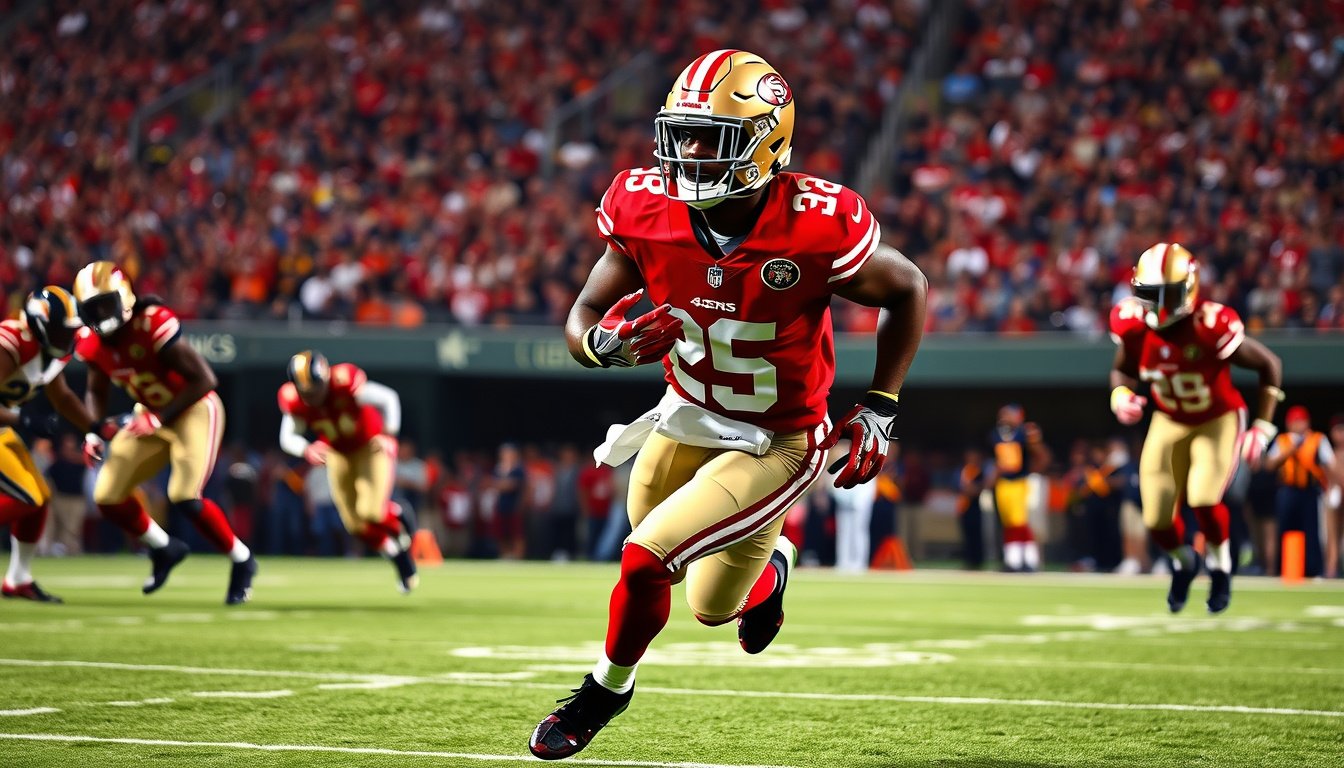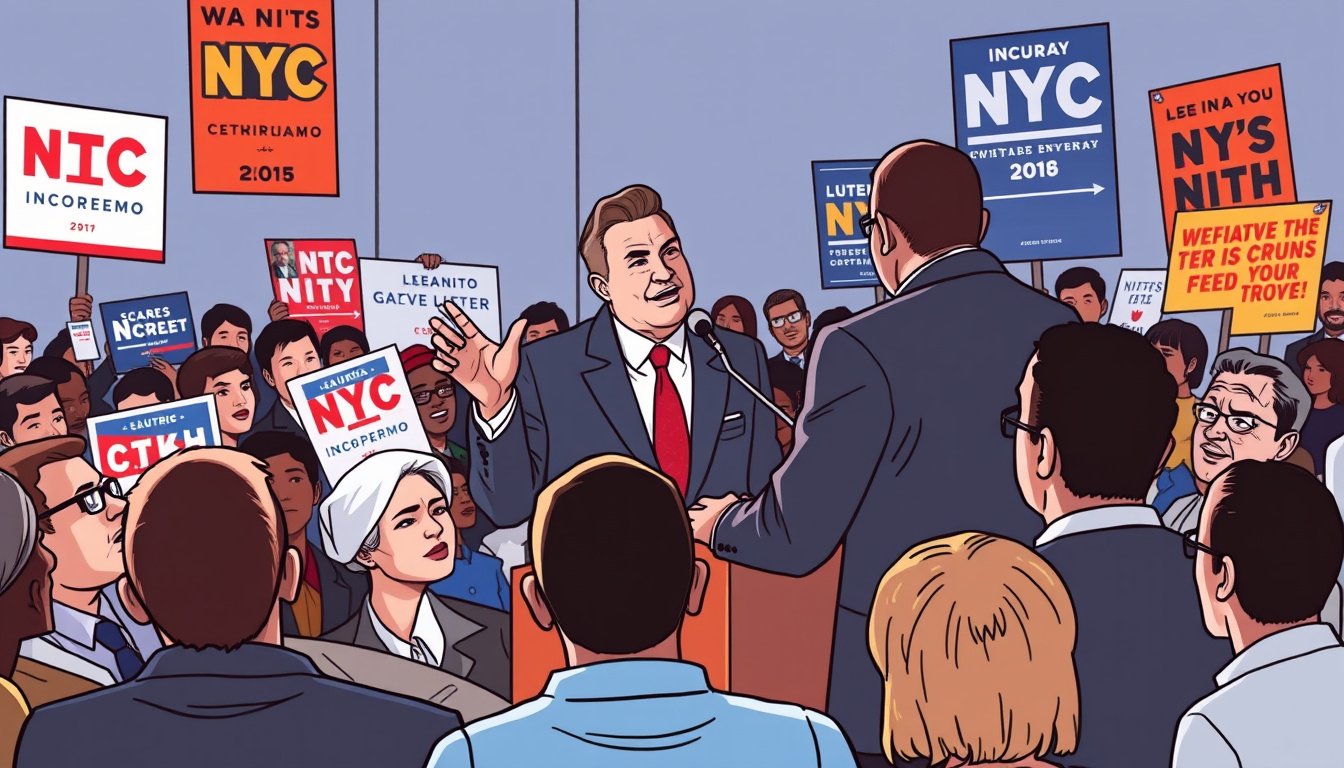The film "American Psycho," directed by Mary Harron and released in 2000, has become a cultural touchstone, often referenced not only in cinematic discussions but also in critiques of contemporary masculinity and corporate culture. However, in recent discussions, Harron has expressed her bewilderment at how some segments of the financial world—a group she calls "Wall Street bros"—have interpreted the character of Patrick Bateman, portrayed by Christian Bale, as a figure to admire rather than critique.
A Satirical Lens on Masculinity
Harron’s take on "American Psycho" was rooted in a sharp satirical critique of hyper-masculinity and consumerism in the 1980s. The film, based on Bret Easton Ellis’s novel of the same name, delves deep into the psyche of Bateman, a wealthy investment banker who lives a double life as a serial killer. The crux of Harron’s argument is that the film serves as a nuanced commentary on the dangers of toxic masculinity, distorted in its celebration by audiences who overlook the underlying satire.
In her comments, Harron highlights a concerning trend among certain men who idolize Bateman not as a cautionary figure but as a model of success and status. She points out that this misinterpretation strips away the film’s deeper messages about the hollowness of wealth and the dangers of an unbridled masculine identity.
Misplaced Admiration
While Harron acknowledges that "American Psycho" has garnered a cult following, she is mystified by the ways in which its themes have been co-opted. For many, Bateman’s polished exterior and ruthless disposition appear aspirational, tapping into a fantasy of power and control that resonates within stock brokerages and investment firms. In stark contrast, Harron emphasizes that the film was never meant to glorify Bateman, rather to shine a light on the absurdities and moral vacuity of a consumerist-driven society.
The Gay Perspective
Adding another layer to this conversation is the film’s exploration of identity, particularly through its lens as a "gay man’s satire" of masculinity. Harron identifies Bateman’s characterization—not merely as psychopathic but also as reflecting the anxieties and struggles of a man trying to conform to the rigid ideals of masculinity during a time of cultural change. By presenting Bateman’s character in this light, the film invites viewers to critique their own perceptions of manhood, ambition, and what it means to be successful.
Culture and Consequences
In an age where social media amplifies cultural icons rapidly, the cult status of figures like Bateman reveals the complexities of societal values. Harron’s concerns about the “Wall Street bros” resonate beyond the confines of cinema; they reflect broader societal issues about how narratives around masculinity are shaped and received. As financial sectors face scrutiny for ethical dilemmas and crises, the misreading of characters like Bateman may illustrate an even deeper cultural disconnect about power, morality, and identity.
Conclusion
"American Psycho" remains a challenging film that evokes various interpretations through its provocative portrayal of a flawed protagonist. Mary Harron’s reflections on the film’s misinterpretation remind us that context matters, especially when discussing the intricate weave of identity, masculinity, and cultural narratives. While some may see Bateman as an icon of success, his story serves as an important reminder of the perils of taking surface impressions at face value—urging viewers to look beyond the glamor and examine the darkness that lies beneath.










